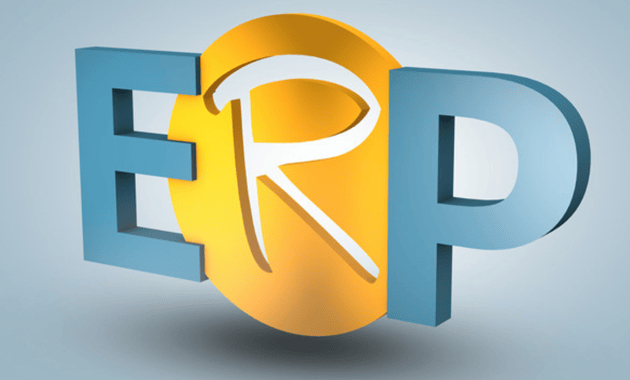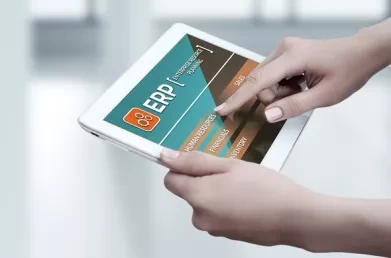IT Service Management for Enterprise Applications
Once an Enterprise Business application such as an ERP or a CRM solution has been implemented, how do you ensure that you capture the effort to support the application and drive and manage change?
Over time, the following issues can emerge:
- Not all support issues or points of pain are logged formally by users or by the IT function.
- Issues are not prioritised correctly – every issue becomes a high priority!
- The effort required to support the system and resolve issues is not recorded.
- The root cause of recurring issues are not identified and eliminated.
- The effort required to manage and implement change is not understood.
- Release of new functionality or fixes is not coordinated or controlled.
- There may be low-to-no meaningful engagement with Business Divisions to understand their plans and priorities following the initial implementation.
- In the absence of the functional owner, the IT team does not understand, communicate, or “sell” the value-add of the solution or the support service.
- There is competition for key IT resources to implement change driven by external business factors or by different functions within the business.

Eventually, people just get on with using the system as configured and the knowledge diminishes as the implementation team returns to the business or goes elsewhere. The direct link between the business functions and the business systems support team becomes strained over time.
So how do you organise the IT function within your business to capture the support issues and manage the delivery of the service?
A typical approach to normalising the IT function is to introduce a Service Management framework such as ISO 20000-1 or ITIL (IT Infrastructure Library).
The key objectives of ITIL Service Management are to:
- Align IT services with the current and future needs of the business and its customers
- Improve the quality of the IT services delivered
- Reduce the long-term cost of service provision.
Most organisations will have elements of Service Management in place.
ITIL Service management focuses on Service Delivery Management and Service Support. Service Delivery focuses on long term planning and improvement by monitoring service levels, managing capacity and availability, ensuring IT service continuity, and providing financial management for IT services. Service Support focuses on the day-to-day operation of IT services such as incident management, problem management, configuration management, change management, and release management.
Service performance against plan, for your internal service and those provided by third party suppliers, should be recorded and reported back to the business. If it is not being captured and reported on, then there is no basis for understanding the performance of the service. Service Level Agreements (SLA) which define the priority, the response and resolution times for support incidents will provide a framework to understand performance against plan. The SLA should be realistic and should be modified as the service evolves. Customer satisfaction should also form part of this metric.
Changes and Releases should be formally managed to fully understand the impact of the change across the environment and also to schedule the appropriate resources to deliver it. Change should be considered holistically. Different business functions will compete for limited resources and the lack of availability of these key resources will cause frustration in the business unless projects are communicated and planned with the relevant people.
Implementing a Service Management framework in your IT Function will help you to understand how your service is performing and provide the basis for a meaningful engagement with the rest of the business and with the providers of the enterprise application.
This blog was written by Justin May, Principal Consultant at Lumenia. For further information on Lumenia or on IT Service Management please send an email to Justin May.


